How to Lose Weight by Running
Running is one of the most effective and reliable methods to lose weight. It has several other benefits, including strong bones and better heart health. Read this article to learn more!
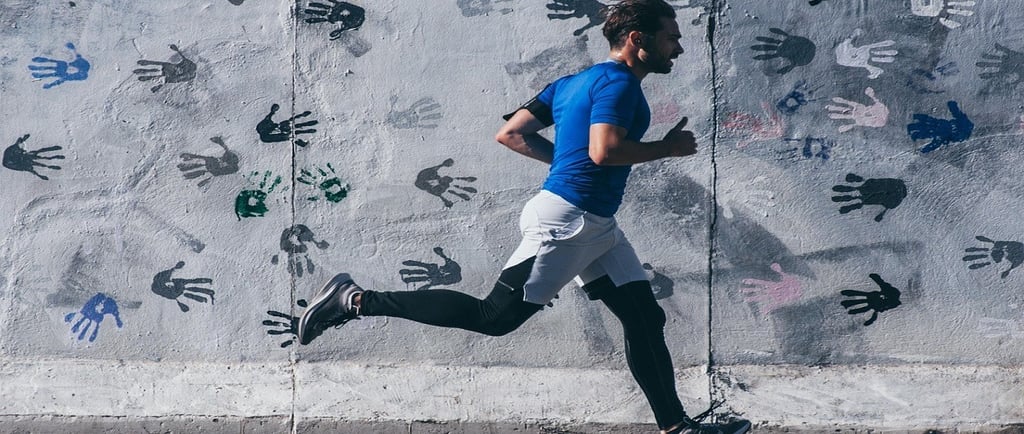

Human beings have been running since ancient times for food, shelter, and safety. We are genetically made to run. With the advent of modernization, our lifestyle has become sedentary, and we hardly have any kind of physical activity in our daily routine, which has negatively impacted our health.
Our food choices have changed a lot over the period. We are now eating more calorie-dense food compared to our ancestors, which leads to weight gain and obesity. Bad eating habits and a lack of physical workouts also cause other health issues like diabetes, fatty liver, joint pain, weak metabolism, and poor immunity.
Running is a full-body workout that helps you lose weight, strengthen your muscles and bones, enhance your mood, improve your cardiovascular health, and boost your lung health.
You don’t need fancy equipment or gear to start running; just a pair of shoes and a strong willpower are enough to transform your life physically and mentally through running.
In this article, we will discuss a step-by-step guide on how you can start running to lose weight, precautions to be taken while running, how to avoid injuries, a healthy diet for a runner, and much more.
Table of Contents
How does Running help with losing weight?
Running is an excellent workout that can help reduce belly fat and weight. It is one of the best ways to burn calories and is more beneficial than many other forms of workouts.
Weight loss is governed by calorie intake and calorie expenditure. To lose weight, your calorie expenditure should be greater than your calorie intake. Running helps you increase your calorie expenditure, which results in weight loss.
Studies have found that high-intensity running reduces appetite by suppressing the hunger hormone ghrelin and boosting the production of the satiety hormone peptide YY (PYY), which makes you eat less and helps with weight loss.
The body converts food into energy through metabolism. A high-intensity running can help boost your metabolism so that you burn more calories even after the workout is over.
Calories Burned by Running


Running burns more calories than many other exercises due to the involvement of many muscle groups that work hard to propel the body. Running at a fast pace creates extra tension in the muscles, causing more calories to be burned.
Research shows that, on average, running 1 mile on the ground burns 35 more calories than walking, and running the same distance on the treadmill burns 33 more calories. So, a 5-mile run will burn around 175 to 165 more calories through running than walking.
A 70 kg person running at a moderate speed of 10 km/hr will burn around 372 calories in 30 minutes, equivalent to other high-intensity workouts like swimming and martial arts.
The muscle involved in running requires energy to recover afterward, which is called the " afterburn effect".
The afterburn effect helps you burn a notable amount of calories in the recovery period. Running vigorously burns calories up to 48 hours after the workout.
Types of Running for Weight Loss
Running is a kind of workout that you can perform anywhere and anytime. There are no such speed and distance parameters set to lose weight.
A run is a run, even if you are running a 1-mile distance at a slow speed, it will benefit you. The key is to do it consistently and give your 100%. You need not over-push yourself; gradually, your stamina will increase, and you will start running faster and longer.
Running can be classified into the following types based on the speed and distance covered.
Base Run-
Base runs are medium-paced, short to moderate-length runs of around 10 km and are generally performed at your natural pace. They are regularly performed, improve endurance and aerobic health, and aid weight loss.
Long Runs-
As the name suggests, long runs are longer in distance than base runs and can exhaust the runner. They are generally 15 to 20 km runs performed at a normal pace. Long runs improve overall fitness and help in weight loss.
Recovery Runs-
Recovery runs are short runs at an easy pace. They are generally done after a long run at a slower pace and should not make you uncomfortable. They are done to add mileage to your running program.
Interval Runs-
Interval runs are a series of fast-paced short run periods followed by slow jogging, walking, or rest periods. This helps improve your stamina and speed.
Hill Repeats-
Hill repeats are high-intensity short-interval runs on the uphill. These runs improve your pain tolerance capacity, boost stamina, and increase aerobic power.
Progression Runs-
In progression runs, you start the race at a slower pace and end the race at a faster pace. This is a medium-intensity workout that improves endurance and speed.
Fartlek-
In Swedish Fartlek means "Speed play". Fartlek is an unstructured running training program in which the runner varies their speed throughout the run according to their convenience, there are no strict schedules or distances. These are continuous runs involving sprinting, moderate running, and jogging, unlike interval runs where runners can have complete rest.
Tempo Runs—
Tempo runs are comfortably fast-paced runs for a sustained period of 15 to 60 minutes. They help runners run faster for longer periods and improve speed endurance.
What are the other benefits of running?


Running helps lose weight; it also has several other health benefits, which are as follows:
Heart Health:
Running is an excellent way to keep your heart healthy. It lowers cholesterol levels, the more you run, the more your heart becomes stronger, and it can pump blood with less effort, causing a decrease in heart rate. A lower heart rate signifies better heart health.
Lowers Blood Sugar:
Regular running can help lower your blood sugar levels by making muscle cells more sensitive to insulin, so the muscles store more glucose (sugar) in the form of glycogen.
Healthy Knees:
Running makes your knee tissue stronger and healthier and lowers the risk of knee pain. It's a myth that running is not good for the knees.
Better Vision:
Running improves blood flow in the eye, which improves vision. It also reduces fluid pressure behind the eye, which reduces the risk of glaucoma and cataracts.
Healthy Lungs:
Running enhances the lungs' capacity to hold air and strengthens respiratory muscles like the diaphragm to breathe more deeply.
Strong Legs:
Running strengthens your leg muscles like quads, hamstrings, calves, hips, and glutes.
Sound Sleep:
Moderate-speed running can improve sleep quality and reduce sleep disturbances.
Mental Health:
Running helps improve your mental health, enhances your mood, and lowers the risk of stress, anxiety, and depression.
How to Start Running for Weight Loss?
If you are a beginner and have no prior experience of running, then you have to start slowly so that your body can gradually adjust to the workout.
Running is a flexible sport that you can customize according to your comfort and fitness needs.
For beginners, the initial few days of running are very crucial, and they should take certain precautions to avoid injuries. The following are the points to be considered for beginners to start running for effective weight loss.
Proper Shoes-
Shoes should neither be tight nor loose, and should not cause discomfort. An ideal running shoe is lightweight, cushioned, and comfortable. You should test your shoes by walking and brisk walking for a few days before running.
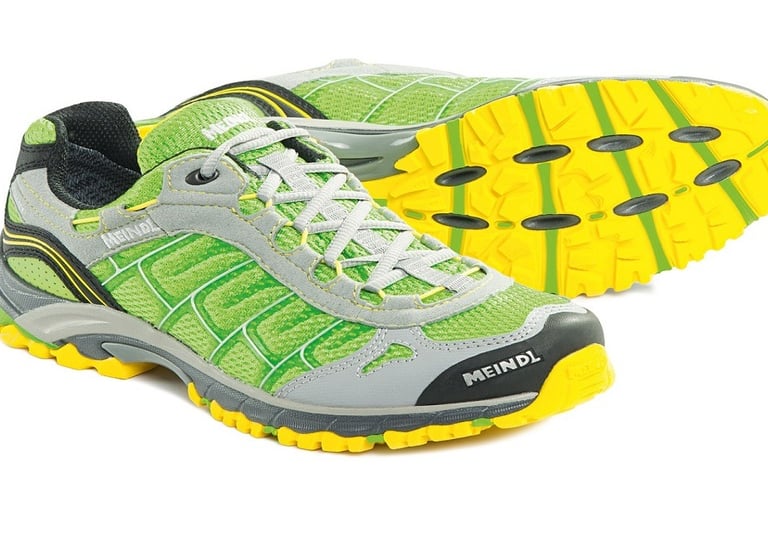

Clothing-
The fabrics used should be breathable and allow the sweat to dry. Generally, running clothes are made of nylon and polyester.
Running clothes should be according to the weather conditions and not cause itchiness and irritation.
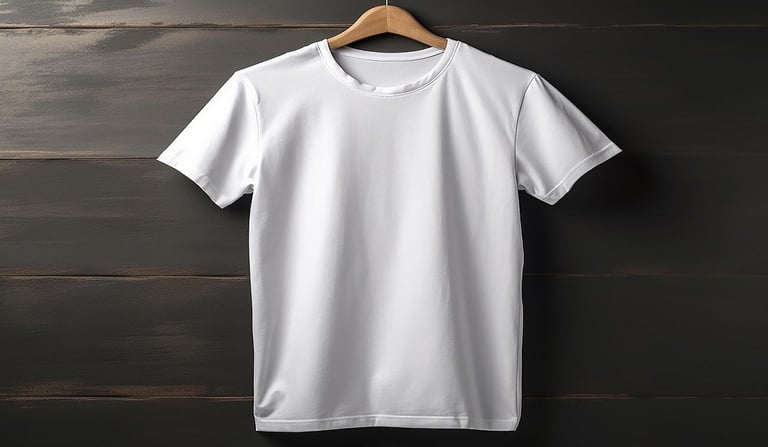

Stretching-
Stretching is quite important both before and after running. It provides flexibility and mobility to the muscles and reduces the risk of injury. You can perform side lunges, arm swings, and knee lifts before going for a run.


Strength Training-
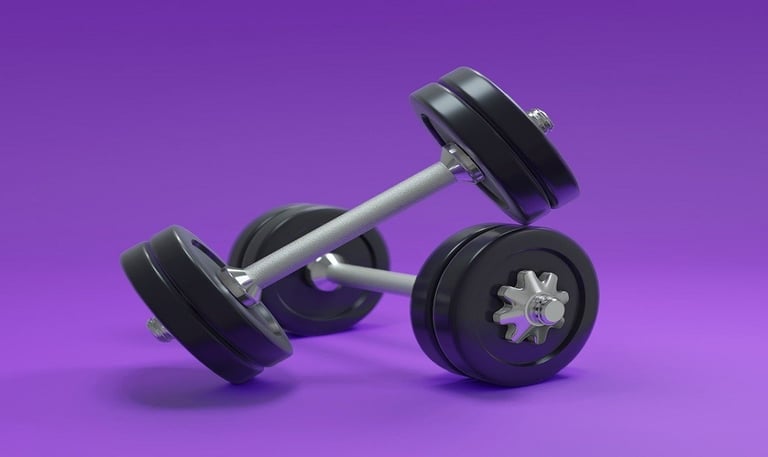

Strength training helps strengthen core muscles and reduces the risk of injuries while running. You can mix your strength training program with your running schedule.
Running Plan-
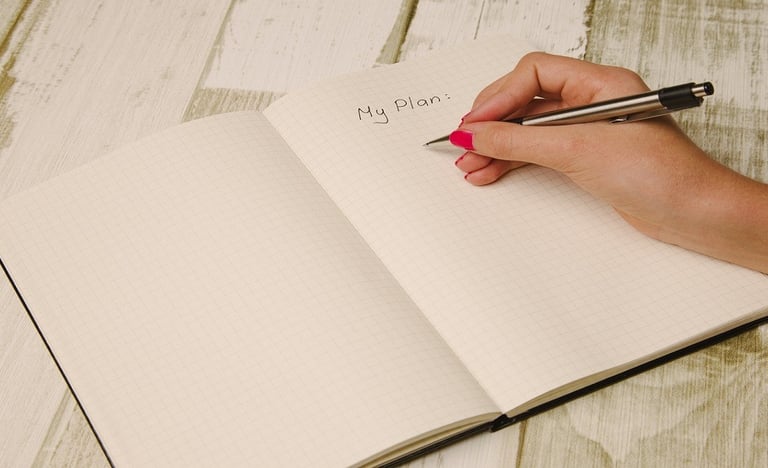

For beginners, it is necessary to have a running plan; you can't have a 10k run on the very first day. A running plan builds endurance and stamina so that you can continue running for a longer period and can have health benefits like weight loss, better stamina, and muscle strength.
A running plan should start with a comfortable 2 to 3k run for a couple of weeks and then increase the distance by 10 % weekly.
Listen to your body; whenever you feel fatigued or over-exhausted, take a rest. It will energize you and prevent injury.
Have a Rest Day-
If you are a beginner, start with a 4 to 5 days of a week running program, and if you are an experienced runner, you can run for 6 days a week.
Keep the rest day holy. Your muscles recover and strengthen during the resting period.
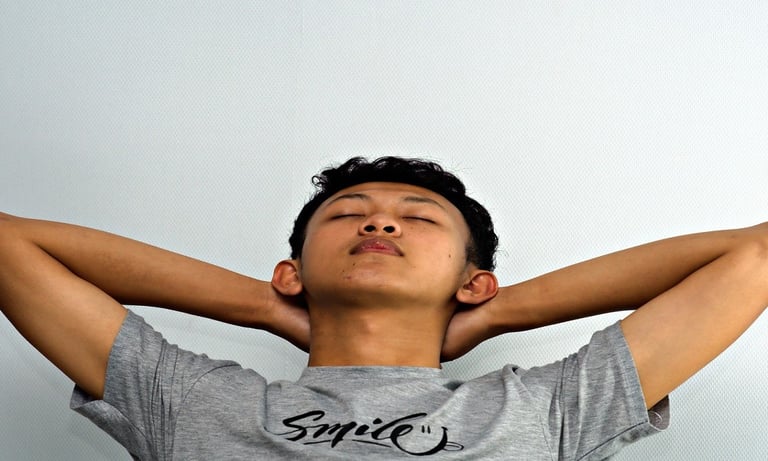

Sleep-
Sleep plays an important role in recovery and weight loss. A sound sleep of 7 to 8 hours is mandatory for better running performance, muscle recovery, and stamina.


Who should avoid running?
People suffering from joint problems like arthritis, heart or respiratory issues, or any other physical injury should avoid running.
Running is a demanding and intense exercise, so if you are undergoing any medication and are advised to rest, you should consult your doctor before running.
Common Running Injuries
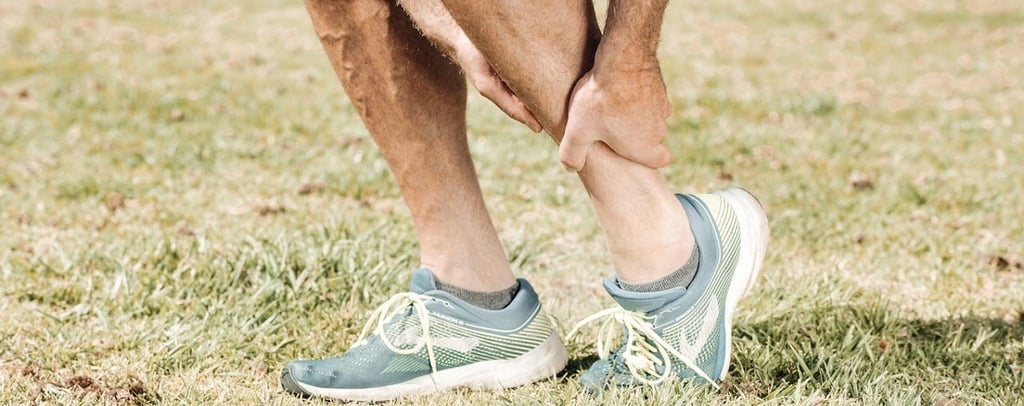

Running vigorously may sometimes cause injuries; the following are the running injuries and their prevention.
1. Stress Fracture:
Running too hard or over-pushing your body may cause stress in the shin and feet, causing small cracks in the bone, which causes pain.
Avoid physical activity and take proper rest until the pain is gone.
2. Runner's Knee:
Running excessively may cause Runner's Knee or Patellofemoral syndrome, which is the misalignment of the kneecap due to overuse. It causes pain around the kneecap.
Take rest and avoid excessive knee movement.
3. Shin Splints:
It is the pain along the shinbone (inner or front part of the lower leg). It usually occurs due to running longer or more frequently. If not treated, they can cause stress fractures.
Shorten your running distance, lower your speed, and take a rest if required.
4. Achilles tendinitis:
The Achilles tendon connects the calf to the back of the heel. Excessive running puts stress on the tendon, which causes pain or stiffness in the affected area. Sometimes, tight calf muscles may also be the reason.
Apply an ice pack to the affected area, take a rest, and perform calf stretching exercises.
5. Muscle Strain:
Overstretching of the muscles during running may cause muscle tears in the hamstrings, quadriceps, and calf muscles.
Treatment involves rest, ice, an elastic bandage to wrap the affected area to avoid swelling (compression), and putting the affected area above heart level to minimize fluid buildup (elevation); often abbreviated as RICE.
6. IT band syndrome:
The iliotibial band, or IT band, provides stability during walking and running. it is a tissue that connects the outer hips to the knee. Overrunning causes friction between the IT band and leg bone, causing pain on the outer side of your leg.
Follow the RICE method ( rest, ice, compression, and elevation) for recovery.
7. Ankle Sprain:
Ligaments around the ankle are overstretched due to rolling and twisting of the ankle.
Ankle sprains may take weeks to recover, so take proper rest and have physiotherapy if required.
8. Plantar Fasciitis:
Plantar Fascia is a band at the bottom of the foot from the heel to the toes. Increasing the running distance abruptly or running at a fast pace puts too much stress on this band, causing severe pain under your heel, and this pain worsens in the morning. Tight calf muscles may also cause Plantar Fasciitis.
Wear comfortable shoes, rest, apply an ice pack on the bottom of the foot, and have calf stretch exercises.
9. Runner's Nipples:
Rubbing of nipples against the clothes during running often causes redness, swelling, and sometimes bleeding from the nipples.
Instead of loose cotton fabric, use tighter nylon clothes, apply bandage or athletic tape on nipples, and you can also use cream or moisturizer to reduce the friction.
10. Blisters:
Rubbing of foot skin and shoes/socks may cause fluid-filled pockets on the skin.
Comfortable shoes, double-layer socks, and moisturizing the blisters-prone areas may prevent blisters.
Diet for runners to lose weight
Running is an intensive workout, it burns a lot of calories. However, to lose weight, you should remember the golden rule of calories, i.e., calorie intake should be less than calorie expenditure. You will have to habitually measure your meals and count your calories. You can use a mobile app to keep track of your calories.
To lose weight, the diet should be low in calories and rich in nutrients. It should include lean protein, healthy fats, and carbohydrates. Many times, people underestimate the importance of carbohydrates in weight loss, but carbohydrates are the primary energy source for the body, and a lack of them can make you feel low, fatigued, and hamper your running performance.
The following is a list of low-calorie, nutrient-dense foods for runners to lose weight effectively.
Low-calorie, protein-rich foods
White Fish, skinless chicken breast, shrimps, scallops, eggs, crabs, lobsters, Greek yoghurt, tofu, cottage cheese, edamame, and lentil soup.


Low-calorie, healthy fats-rich foods
Fatty fish like salmon, tuna, mackerel, nuts, chia seeds, eggs, tofu, olives, peanuts, walnuts, flax seeds, pumpkin seeds, and sesame seeds.
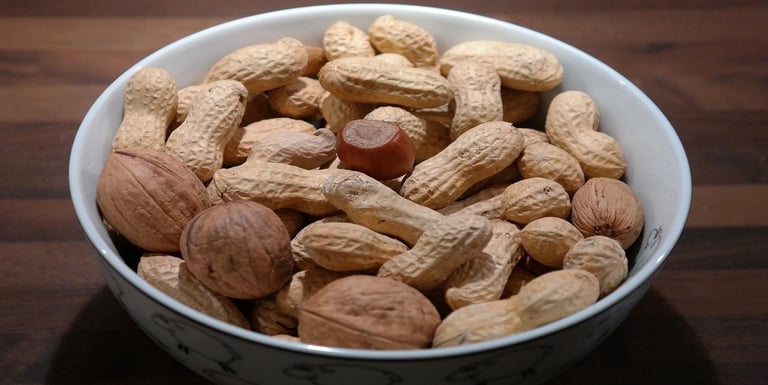

Low-calorie, Carbohydrate-rich foods
Black Beans, sweet potatoes, quinoa, corn, oats, chickpeas, quinoa, apples, blueberries, kidney beans, bananas, brown rice, and lentils.
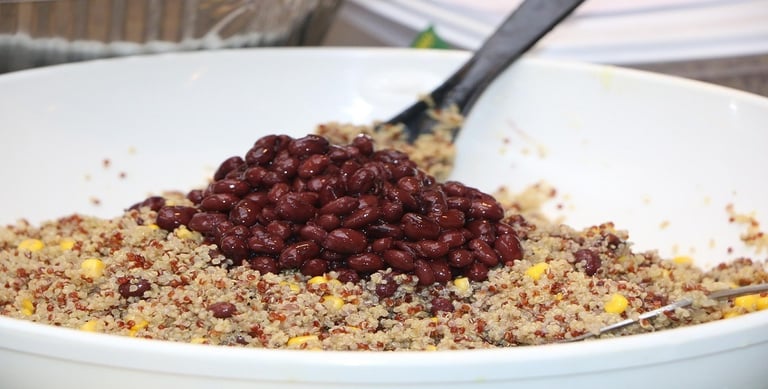

Avoid high-calorie, unhealthy foods like deep-fried, white bread, sugary drinks, candy bars, fruit juices, pastries, cookies, cake, alcohol, and ice cream.
Tips for Runners
The popular saying is, " If you want to change your body, exercise. If you want to change your life, become a runner." So, even if you want to lose weight or improve your mental health, running will always help you.
The following are the tips for the runners to make running easier, so that you can continue it for longer.
1. Go Slow:
The Body takes time to build endurance and stamina. Don't try anything fancy, keep it simple, and run at your comfortable speed and distance. Rushing and overdoing may hurt your body.
2. Stay Hydrated:
During running, your body loses lots of water and electrolytes through sweat. Take a water bottle with you while running and keep sipping the water at regular intervals to avoid dehydration. However, avoid drinking much water while running, as it may fill your stomach and make you uncomfortable.
Consume juicy fruits and coconut water all day long to replenish your water and electrolyte deficiency.
3. Run on New Routes:
Running on the same route daily may cause boredom. Explore new running routes to keep it exciting and refreshing.
4. Hit the Music:
Listening to music while running can make your running more joyful. It calms your mind, reduces mental fatigue, and increases motivation. Music can help you run longer and faster.
5. Run with a Buddy:
Running with your friend, spouse, or siblings can make your run more exciting and reduce boredom. One of the benefits of running with a buddy is that if one partner feels demotivated, the other can motivate them. This builds relationships and improves fitness.
6. Don't weigh yourself daily:
Runners who want to lose weight often weigh themselves daily, which can be demotivating, as the weight sometimes fluctuates due to diet and body fluids. So, weigh once a week on an empty stomach to track your performance.
7. Join a Community:
Join running communities on social media to share your experience and clear your doubts. Talking to people who are passionate about running will enhance your experience and keep you motivated.
8. Running tracker and Apps:
You can use running tracking devices like smart watches and apps to calculate the running distance, speed, and calories burned. This will help you achieve your fitness goals.
9. Hostile Weather:
If it's raining or having snowfall outside, instead of skipping the workout, you can do some home workouts like skipping, stair climbing, push-ups, sit-ups, pull-ups, etc., to burn calories and to avoid the guilt of not working out.
10. Rest:
There can be days when you don't want to go for a run for reasons, like lack of sleep, bad mood, or feeling emotionally low. There is no need to torture yourself, it's completely fine to take a rest. The rest will refresh you.
Conclusion:
As we have discussed, running is a full-body workout that benefits you in many ways. All you need is to stick to the basics and not compare your performance with anyone. Everybody has a different body structure, stamina, and fitness goals.
There is a quote: " Start by doing what is necessary; then do what is possible; suddenly you are doing the impossible." You are a runner, even if you run a 1-mile or a marathon. Every professional was once an amateur.
Wear comfortable shoes, clothes, stay hydrated, find a route, and just go for the run. It may feel difficult to start, but it will gradually become easier.
Eat healthy and count your calorie consumption and expenditure to lose weight and stay healthy. Consistency is the key to a fitter body.
" A journey of a thousand miles begins with a single step", so keep running to witness your best version.
Frequently Asked Questions (FAQs)
Can I run on an empty stomach?
Yes, if you are running a short distance at a moderate speed. It may improve fat burn and aerobic endurance. However, for long runs, it is generally recommended to eat a healthy snack before going for the run.
What are the benefits of barefoot running?
Barefoot running can help flat feet and reduce the risk of plantar fasciitis ( pain in the foot's bottom near the heel). Some running shoes have springy soles, which can help you push forward. So, running barefoot requires more effort and increases your calorie expenditure.
What is the best time to run?
Morning runs help to burn fat rapidly, manage blood pressure, and improve mood. However, an evening run relieves stress and enhances the quality of your sleep.
Shall I run on the Treadmill or Outside?
Running outside burns more calories and provides fresh air, which is good for your body. Running on a treadmill is easier on the joints and can be handy in hostile weather conditions.
How much time will it take to lose weight through running?
It depends on your diet and running performance. A healthy calorie-deficient diet and consistent running can make you lose weight effectively in less time.
